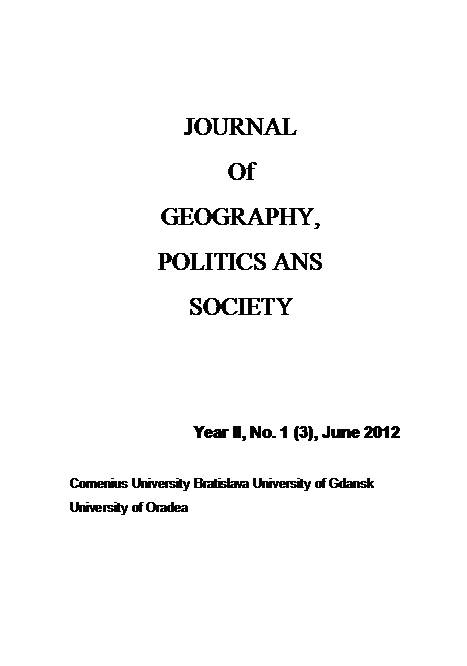Geography of authority in Poland
Geography of authority in Poland
Author(s): Jan WendtSubject(s): Human Geography, Historical Geography, Governance, Geopolitics
Published by: Wydawnictwo Uniwersytetu Jagiellońskiego
Keywords: cities; authority; centre of power; territorial structures; rank of centers
Summary/Abstract: The great changes that followed the year 1989 in Poland, threw the structures of then existing and functioning authorities into disarray and gave the origin of brand new decisionmaking centres. The radical change influenced the range and territorial reach of administrative, judicial and municipal authorities. The problem appears to be more absorbing when adding that after 1989 numerous conceptions of the new territorial and administrative division of the country were published. These structural changes are after all characteristic for periods of governmental transformations in every political system. And the spatial division of a country always exerts an influence on shaping social and economic relations, together with communication system in a particular region. The problem of the new territorial division has been always presented during the times of political transformations. The old decisive centres were destroyed and the new ones are formed in the altered political, social and economic scenery of Poland after 1989. Owing to administrative division of the country, the shape of social and economic relations and communication system changes, this is why it seems challenging to study the influence of administrative divisions on modelling provincials' and administrative districts' authorities. There have been repeated changes in number and structure of territorial division in Poland between 1945 and 1996. From political and economic reasons, the new administrative centres were formed. Some attempts were made to decentralise the government, as the effect however, its centralisation took place. In order to study spatial influence of the authorities, variability of the centres and connections between different dimensions of the governments, there have been pointed out a couple of aims to be reached during the research. One of the aims was to mark presently and previously functioning territorial arrangement in reference to historical and geographical lands and economic regions. Giving a try to study territorial measurement in relation to political, religious, social and economic structures. Presenting the changes in spatial differentiation of political, economical, catholic church, administrative and judicial, before and after 1989, and selfgovernmental power after its one year functioning, centres of power. There have been put a lot of efforts in the research to demonstrate spatial differentiation of centres of power during the times of political transformation. The attempt ha s been made to describe and explain the process of territorial distribution of authorities, on a local level (administrative units), and on over-regional level (province) understood as functioning informal connections between the representatives of political power, administrative and self-governed centres. The last aim of the research was to show the factors forming provincials' and administrative centres' of real power and its changes after 1989.
Journal: Journal of Geography, Politics and Society
- Issue Year: 2/2012
- Issue No: 1
- Page Range: 56-77
- Page Count: 22
- Language: English

